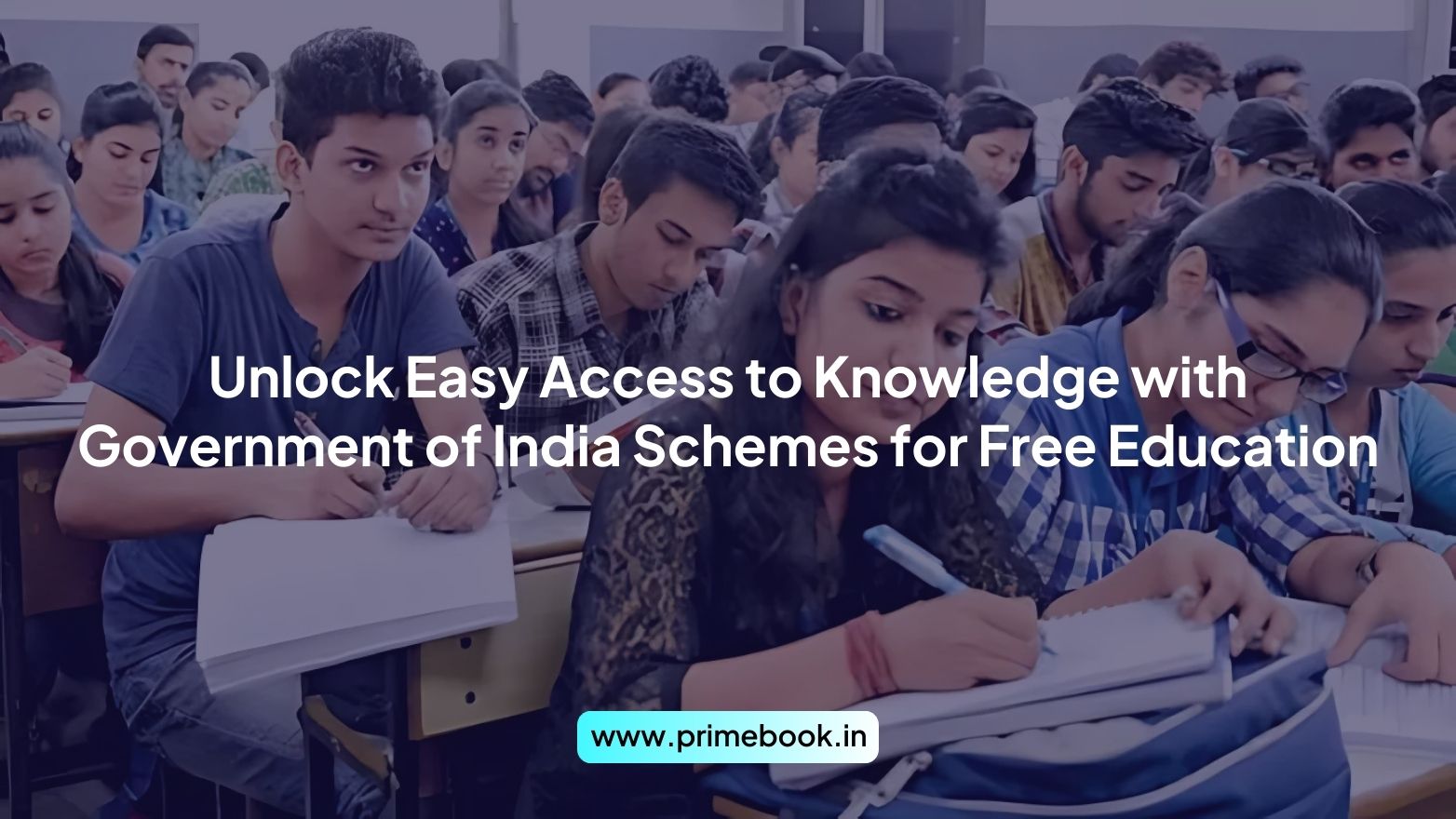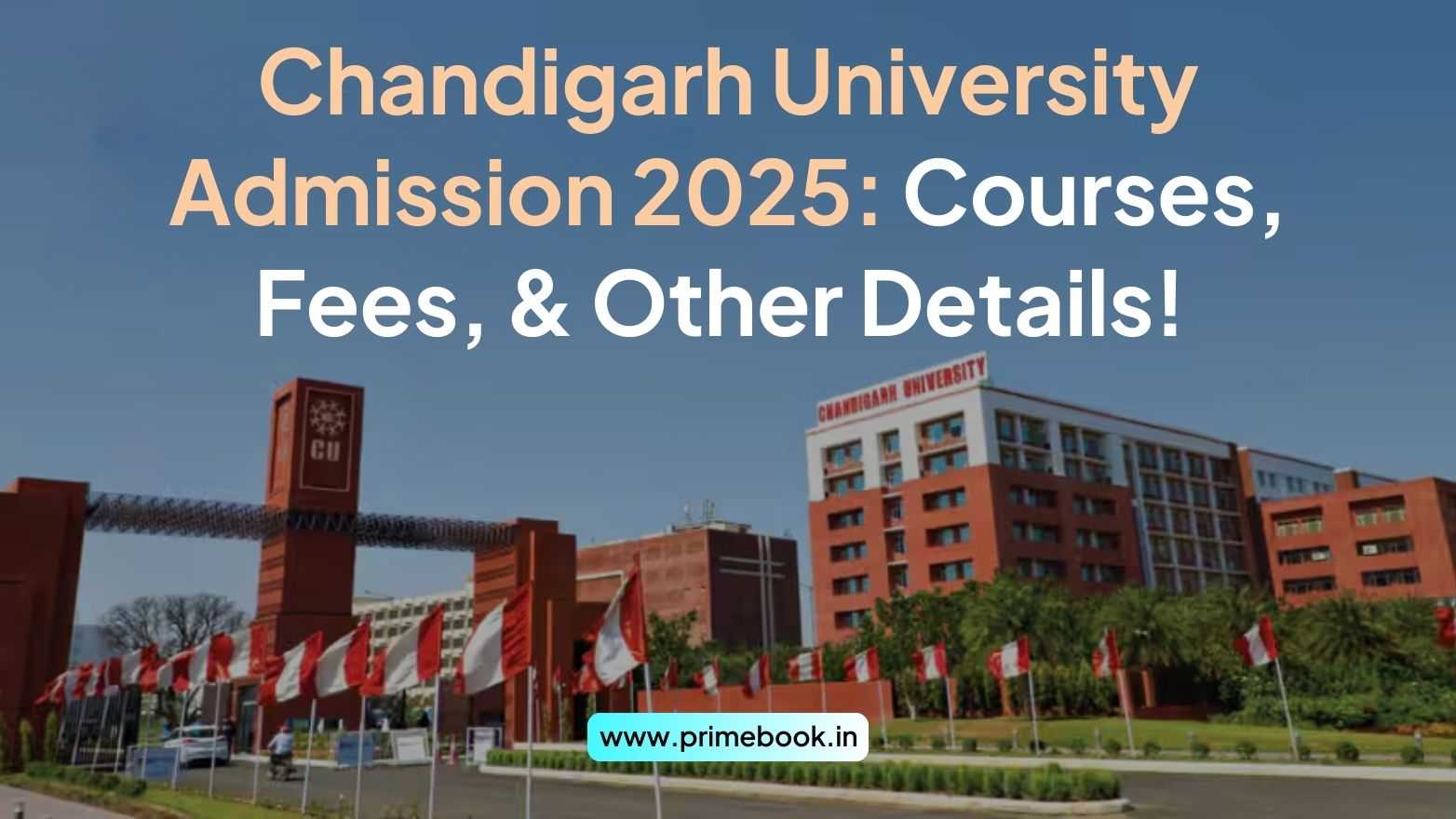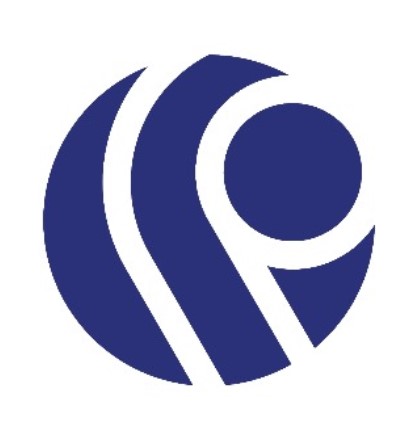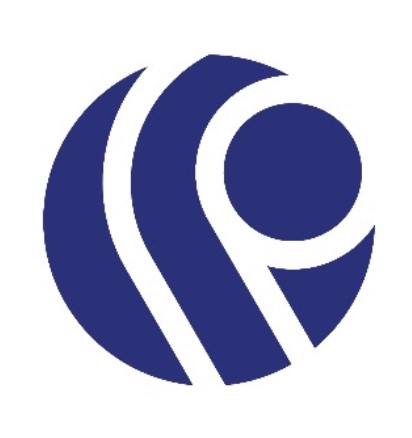Blogs / Student's Corner / Schemes for Free Education by The Government of India
Blogs / Student's Corner / Schemes for Free Education by The Government of India

Primebook Team
11 Feb 2025

Schemes for Free Education by The Government of India
Education is one of the tools that has the immense power to change the course of the future for any individual, community, or, ultimately, the whole nation. If every citizen gets quality education in their childhood or developing years, the scope of creating a better future can be widened.
Since India gained independence in 1947, free education has always been one of the prime agendas for the government of India to uplift the nation from the shackles of colonisation. The Indian government understood very early on that only education could reverse centuries of deprivation and backwardness. Therefore, many government schemes for students have been rolled out to offer free and good-quality education.
Benefits of Free Education Schemes:
1. Higher enrollment rates without the challenge of financial incapabilities.
2. Improved literacy across the nation and in all strata.
3. Enhanced gender equality.
4. Reduces accessibility gaps for marginalised communities.
5. Overall development through mid-day meals, learning equipment, uniforms etc.
Key Free Education Government Schemes For Students
1. SSA (Sarv Shiksha Abhiyan)
To provide quality and free education to children, the government of India launched its premier scheme for students’ education, the Sarv Shiksha Abhiyan (SSA) in 2001. Under the scheme, the government aims to provide elementary education to children between the ages of 6 and 14 years. The primary goal of SSA is to bridge the gender and social gaps in education to improve the quality of education and schooling infrastructure for students. The SSA extends the benefits of free education to schools from districts and states across the country, with a special emphasis on computer education, and life skills.
2. RTE (Right to Education)
As the name suggests, RTE is the infamous Right to Education program launched by the Government of India in the year 2009 to offer free and compulsory education to children of the age group 6 to 14. While the primary tenets of the scheme might appear similar to that of SSA, the difference that RTE brings is that it has legal backing, making it compulsory for the states and districts to implement the programme. Besides, the RTE scheme was rolled out to give effect to the 86th constitutional amendment, which made elementary education a fundamental right in India.
3. NPEGEL (National Programme for Education of Girls at Elementary Level)
The National Programme for Education of Girls at Elementary Level, NPEGEL was launched in 2003, under the ongoing SSA Scheme but with a special focus on girl child education at the elementary level. The scheme caters to female students from classes I to VIII from underprivileged sections of society. The scheme also includes provisions like gender sensitisation with gender-sensitive study materials, and it is being implemented in educationally backward blocks where rural female literacy is below the national average, with an increased gender gap. The main goal being the increment of female student retention rates in school.
4. NSIGSE (National Scheme of Incentives to Girls for Secondary Education)
It is a centrally sponsored government scheme for girl students, issued by the Ministry of Home Affairs India. While this is not really a free education scheme, it offers incentives to girl children for getting enrolled in secondary level of education, i.e., in class 9th, upon passing their 8th grade. The main objective of the scheme is to promote higher education for female children while reducing school dropouts. The scheme extends its benefits only to girl students between the ages of 14 to 18 years. It is a one-time national-level scheme, offering an incentive of ₹3,000 in the savings account of the female student.
5. RMSA (Rashtriya Madhyamik Shiksha Abhiyan)
After the SSA, came RMSA - Rashtriya Madhyamik Shiksha Abhiyan, launched in 2009. As the name suggests, this government scheme for students was launched as a flagship initiative to promote school education beyond the elementary level. The main goal of this scheme is to enhance enrollment in secondary levels of education. RMSA aims to enhance the physical schooling infrastructure such as additional classrooms, science labs, libraries, clean drinking water and residential hostels for teachers. Besides, it even aims to reduce the student-teacher ratio to at least 30:1, while enabling the schools with proper ICT infrastructure.
6. CBSE UDAAN
In 2014, the CBSE Udaan scheme was launched under MHRD to address the low enrollment of female students in prestigious institutions for engineering studies. The efforts are being made under the scheme to enrich the teaching and learning of science and mathematics for girls at the school level by including a three-dimensional approach to education, i.e., curriculum design, pedagogy and assessments. The scheme provides free education resources both offline and online, virtual weekend classes, and study materials on pre-loaded learning devices, to prepare young girls studying in class XI/XII for engineering entrance exams such as JEE.
To sum it up, there have been multiple government schemes for students in India over the years, and all these efforts have indeed brought impressive results; considering that in 1947, the literacy rate was at 12%, which now is at around 76%. Such schemes not only benefit the booming demographic dividend but also elevate the overall progress of the nation.


 Related Blog
Related Blog









